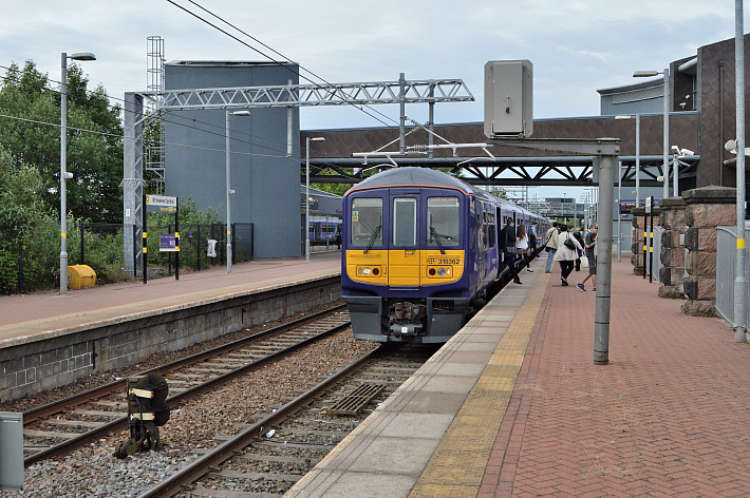
8D ASSOCIATION
The 8D Association is dedicated to promoting the history of the railways of South Lancashire, Merseyside and North Cheshire.
The LUR and LNWR Wigan to Huyton line.
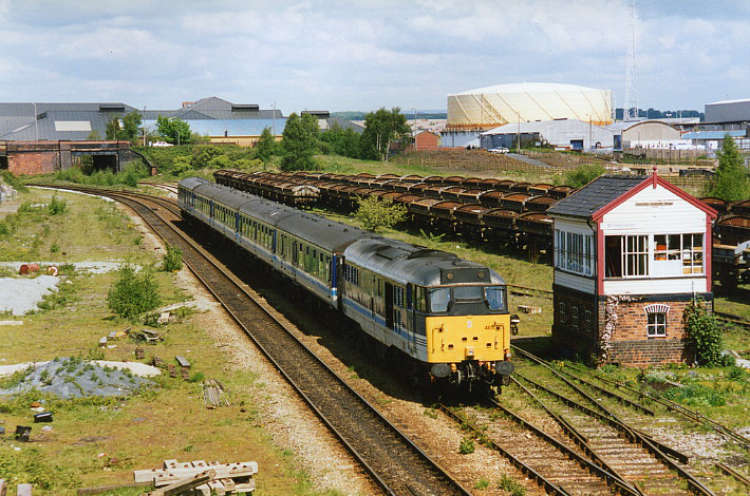
(To view more of Anthony extensive Flickr photostream click here:- AJF 1 on Flickr)
The line was nearing completion by the summer of 1869 and was inspected by Colonel Hutchinson on 21st August 1869. Apparently the colonel found some issues with the construction and the opening had to be delayed until 1st November 1869 for goods and 1st December 1869 for passenger services although he did pass the line fit for the running of passenger trains from 5th November 1869.
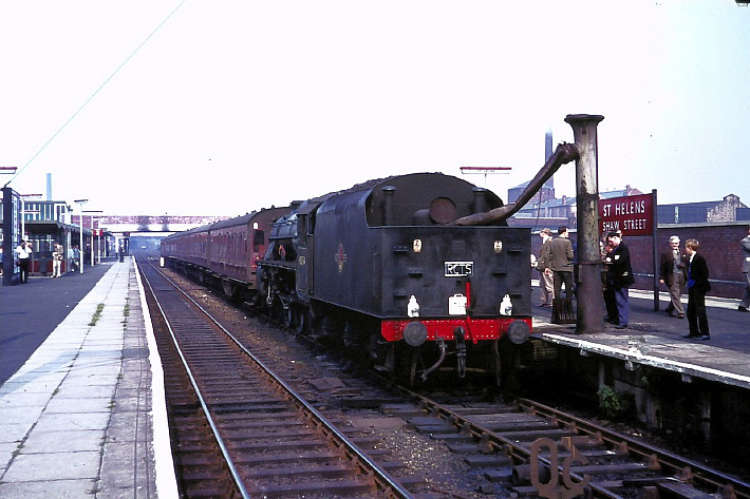
(Kindly supplied by Alistair Holt). To view more of the interesting and extensive Keith Holt archive click here:- KDH Archive on Flickr
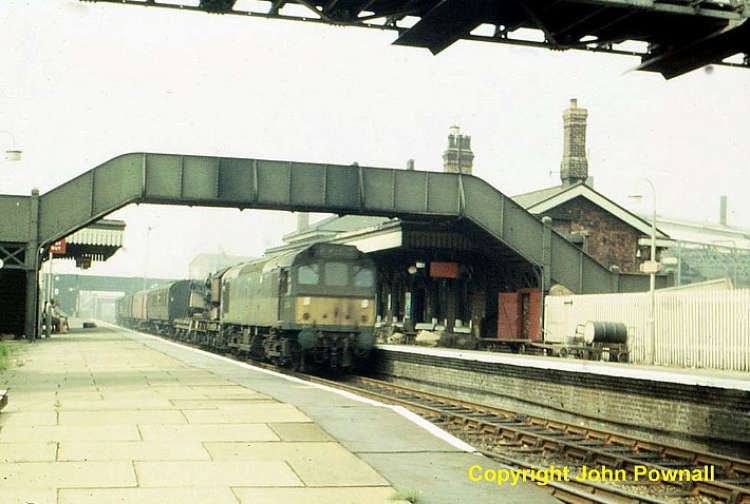
To view more of John’s interesting Flickr photostream click here:- John Pownall on Flickr


The following three pictures are taken from pretty much the same angle and cover the forty years of decline that the goods yard at St Helens has seen.

To view more of David’s extensive Flickr photostream click here:- Ingy The Wingy
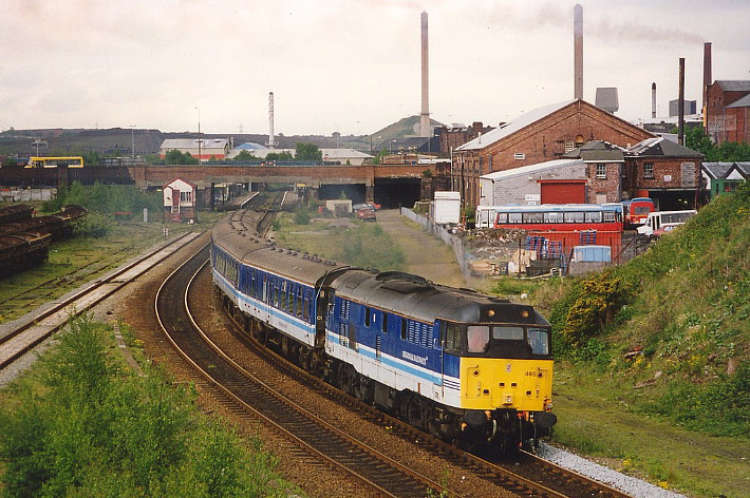
To view more of Anthony’s extensive Flickr photostream click here:- AJF 1 on Flickr
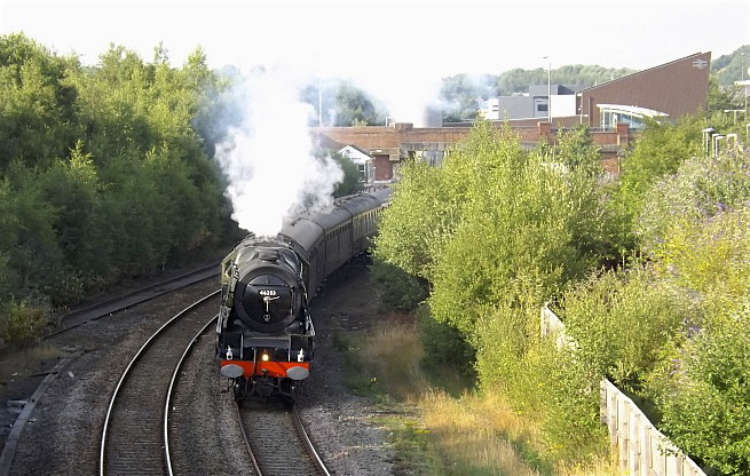
To view more of John’s interesting Flickr photostream click here:- John Pownall on Flickr
